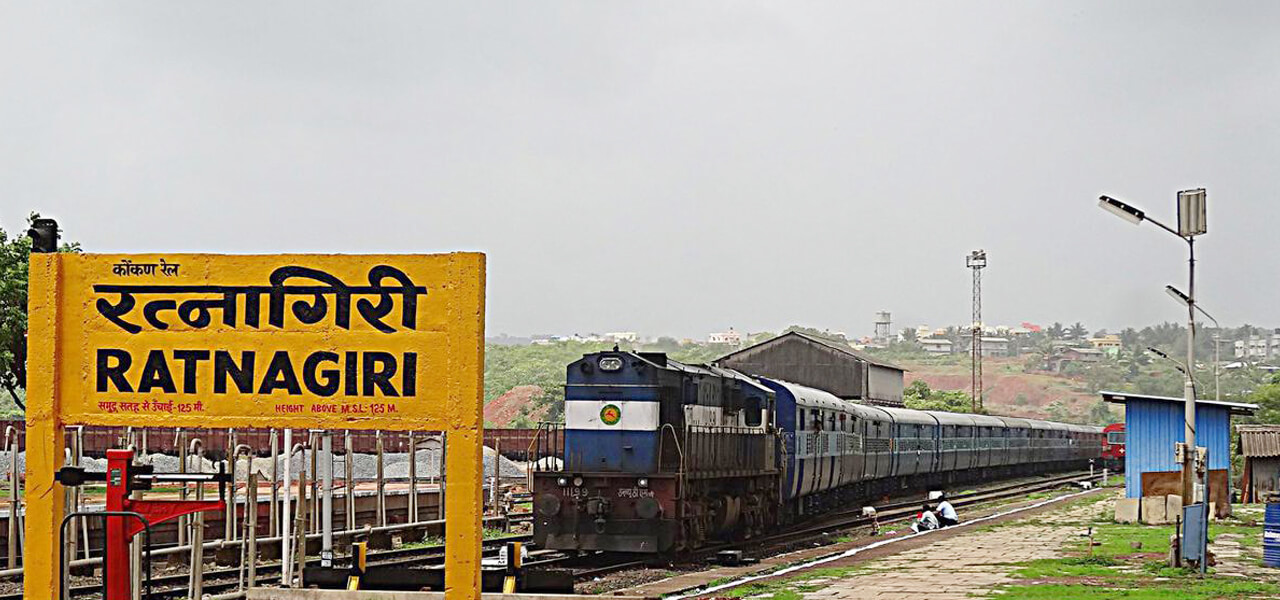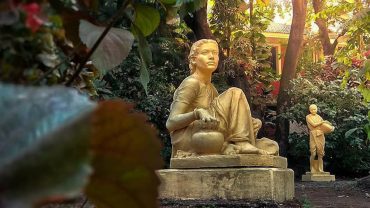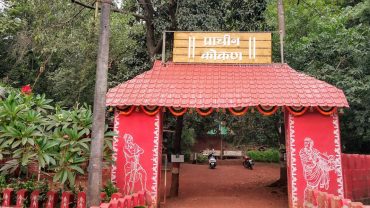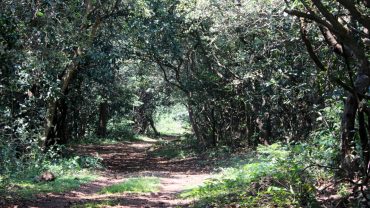
There is no exact guesses on how the name Ratnagiri trended, but it began to be recognized by the name of the one Monk “Ratangiri”. Evidence is, his tomb can be seen at the “Ratnadurg” fort. Also by some mythological evidence, the village got its name “Ratnagiri”. The name Ratnagiri is also found and mentioned in 200 to 300 years old documents. But some villages, statues, and temples of around 800 to 1000 years old still exist showing marks of old Ratnagiri. Also, the fort “Ratnadurg” is located near the beach and existing since the Bahamani period. All this information is a topic of research and this evidence is sufficient to convey the historical significance of Ratnagiri district.
During the British era, many historical things happened in the Ratnagiri district. The land of Ratnagiri has become sacred by the touch of many freedom fighters and personalities like Lokmanya Gangadhar Tilak, Bal Gangadhar Kher, Bhagojisheth Keer, etc. On the coastal region of Ratnagiri, there are many historical and religiously important villages like Jaigad, Malgund, Ganpatipule, Kolisare, Pawas, Kasheli, Adivare, Ambolgad, Rajapur. Especially for tourists, Ratnadurg fort, Kashi Vishweshwar Temple, Lokmanya Tilak Birthplace, Hatis Darga, Thiba Palace, Black, and White Sea are the places must visit.
How to reach?
Mumbai to Ratnagiri (343 km)
From Mumbai Goa Highway, one can reach Ratnagiri from Panvel-Vadakhal-Mangaon and further by Chiplun-Sangameshwar-Nivali and then Hatkhamba. Direct ST buses and private vehicles are also available for Ratnagiri from Pune and Mumbai. Konkan Railway is also one of the best and convenient options for Mumbaikars and absolutely no doubt the journey through hills, dense trees, tunnels, and high bridges is pleasant & unforgettable. Auto Rikshaw’s and local buses are easily available after reaching Ratnagiri city.
What to see?
Ratnadurg Fort, Aquarium, Kashi Vishweshwar Temple, Shri
Kshetra Ganapatipule, Lokmanya Tilak Birthplace, Hatis Darga, Thiba Palace, Black and White Sea, and many more.




Comment (0)